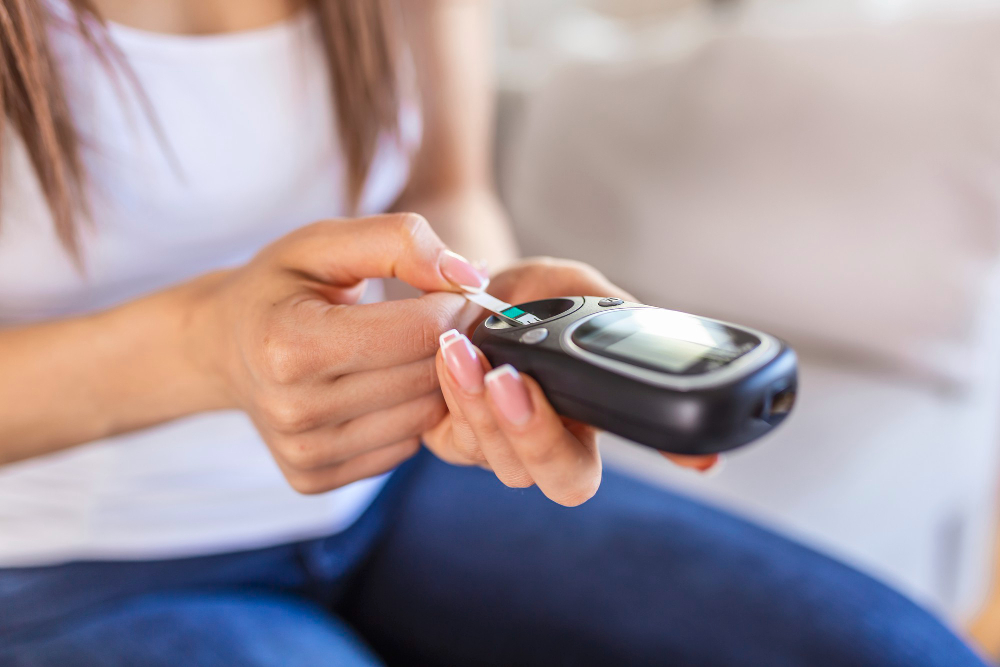It has become widely accepted that Type 2 diabetes is inevitably life-long, with irreversible and progressive beta cell damage. However, the restoration of normal glucose metabolism within days after bariatric surgery in the majority of people with Type 2 diabetes disproves this concept. There is now no doubt that this reversal of diabetes depends upon the sudden and profound decrease in food intake, and does not relate to any direct surgical effect. The Counterpoint study demonstrated that normal glucose levels and normal beta cell function could be restored by a very low-calorie diet alone. Novel magnetic resonance methods were applied to measure intra-organ fat.

Now that it has been possible to observe the pathophysiological events during reversal of Type 2 diabetes, the reverse time course of events which determine the onset of the condition can be identified. The twin cycle hypothesis postulates that chronic calorie excess leads to accumulation of liver fat with eventual spill over into the pancreas. These self-reinforcing cycles between liver and pancreas eventually cause metabolic inhibition of insulin secretion after meals and the onset of hyperglycaemia. It is now clear that Type 2 diabetes is a reversible condition of intra-organ fat excess to which some people are more susceptible than others.
Connect with Dr. Katakwar and AIG Hospitals:
© 2025 Dr. Abhishek Katakwar. All Rights Reserved.